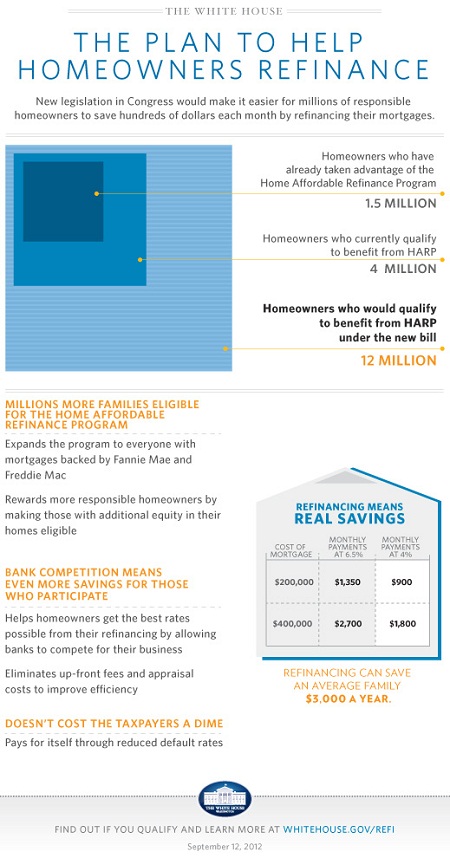From the WSJ:
The Housing Recovery Keeps Rolling Along.
August existing-home sales and construction of single-family homes jumped to the highest level in more than two years. Meanwhile, a separate report showed housing starts in August rose 2.3% on a month-over-month basis.
The data — which come one day after confidence among U.S. home builders jumped to the highest level in more than six years – point to continued signs of an improving housing market.
…
Existing-home sales are now back at levels last seen in May 2010, when first-time homebuyers were rushing to qualify for a government tax credit. As the chart from Credit Suisse shows, home sales still have a long way to go before reverting back toward pre-crisis levels. But for now, the momentum appears to be moving in the right direction.
…
“This may be the most promising existing home sales report in five years,” wrote economists at IHS Global Insight. “Fundamentals — an improving economy, low interest rates, and, possibly, a drop in the cancellation rate — appear to be the driving force behind August’s strong and broad-based gains.”To be sure, there are still reasons to stay cautious about the recent recovery in housing data.
Steven Wood, chief economist at Insight Economics, points out there are still plenty of distressed properties on the market and “a substantial shadow inventory of unsold homes.” He notes the slow recovery hasn’t gained much traction considering how much damage was done throughout the crisis.
But all in all, strategists and economists seem to be getting more upbeat that the housing recovery is for real.
“The pieces for a more sustainable housing sector recovery are now falling into place,” says Millan Mulraine, an economist at TD Securities.
From Forbes:
Housing Recovery? Starts And Sales Of Existing Units Hit Two-Year Highs
The housing market has been one of the key factors that’s been absent in the broader, albeit tepid, U.S. economic recovery. Recent data suggests residential real estate is on its way to a gradual recovery, as Wednesday’s single family home starts and used home sales showed, which hit their highest levels in more than two years. This may be the beginning of a gradual, and difficult, recovery for what was the epicenter of the global financial crisis.
The last time the housing market seemed to be in recovery mode was back in mid-2010, after the first-time homebuyer tax credit boosted demand for homes. Ever since then, most of the chatter has been about a double-dip in prices, a massive buildup of inventories, and a lurking shadow inventory.
…
A solid rebound in housing markets is by no means around the corner. As mentioned above, the shadow inventory looms and inventories are still relatively large. Investors have difficulty accessing credit, despite Bernanke’s best efforts to lower mortgage rates via QE3, and consumers are in the midst of a cycle of deleveraging. If this is truly the beginning of the housing recovery, investors can expect a gradual and difficult climb that will last several years. Still, the market seems to have bottomed.

